
We’ve had no Common Redpolls yet this winter. I sure miss seeing them. This drawing was done from photos I took of Common Redpolls visiting our thistle feeder two years ago.
Redpolls are fascinating birds. To me they seem kind of exotic because they aren’t super common in mid-Michigan. In the Arctic Circle they are pretty abundant. Cold just doesn’t seem to phase these little dynamos in the least. I’ve read that they have no problem surviving temps below -60 degrees Fahrenheit. I can’t even fathom temps that low. For a tiny bird with almost no mass to metabolically heat itself in a challenging environment like that is incredible. To do so they must consume a tremendous amount of fuel. In fact they will eat almost half their body weight in a day! To help them survive the extreme cold, they have some clever behaviors that are a bit unusual for birds. One technique is tunneling beneath the insulating snow. Their tunnels can be as long as a foot and as deep as 4 inches below the surface of the snow.
I grew up in a small town south of Buffalo, New York. There we were accustomed to some incredibly snowy winters with excruciatingly cold temperatures at times. Living at the bottom of a hill on a narrow dead-end street meant that the snowplow would create mountainous, packed snow piles by our house. My brothers and I would take out my Dad’s Vietnam Era trenching shovel and go about making colossal snow forts connected by extensive networks of “underground” tubes through the snow. We’d have seemingly endless snowball fights there. We usually stopped before someone was permanently scarred or disfigured by an errant head-shot with an “Ice Ball.” To make a weapons-grade snowball, one might occasionally include some pebbles the plow put down for traction. Of course this was strictly against our family’s version of the Geneva Convention, but this was WAR. If you happened to get your “Purple Heart” and had to retreat inside with a hematoma swelling up on your forehead, you were in good shape because there was plenty of snow and ice around to keep the swelling to a minimum.
Aside from being educated about survival of the fittest in our wintery “Lord of the Flies” scenario, I actually did learn some things of scientific value. In the tubes that we’d dig it would always seem much warmer that the outside temps. The still air in the snow tubes took the windchill out of the factor. Although the air temperature was probably somewhere in the 10s-20s Fahrenheit, we were surrounded by frozen snow at 32 degrees. Not so bad comparatively. If you built the tubes so they would drop down first, and then angled back up, you’d create a cold trap where the cooler, heavier air would sink and the upper parts of the tunnels stayed even warmer.
A few years ago I built an igloo with my kids so they could learn some of the same things about the insulating properties of snow. That was a blast, and they wanted to stay in it all day long… until the roof collapsed a week or two later.

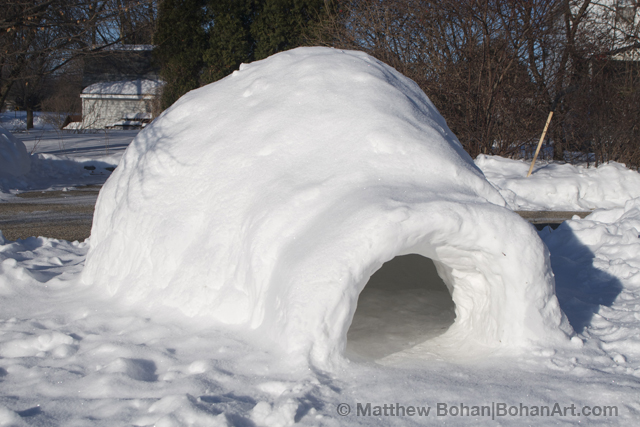
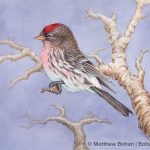
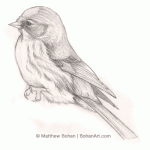
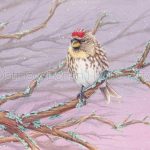
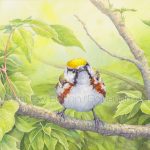
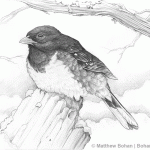
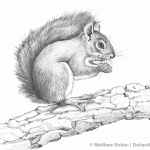
Leave a Reply